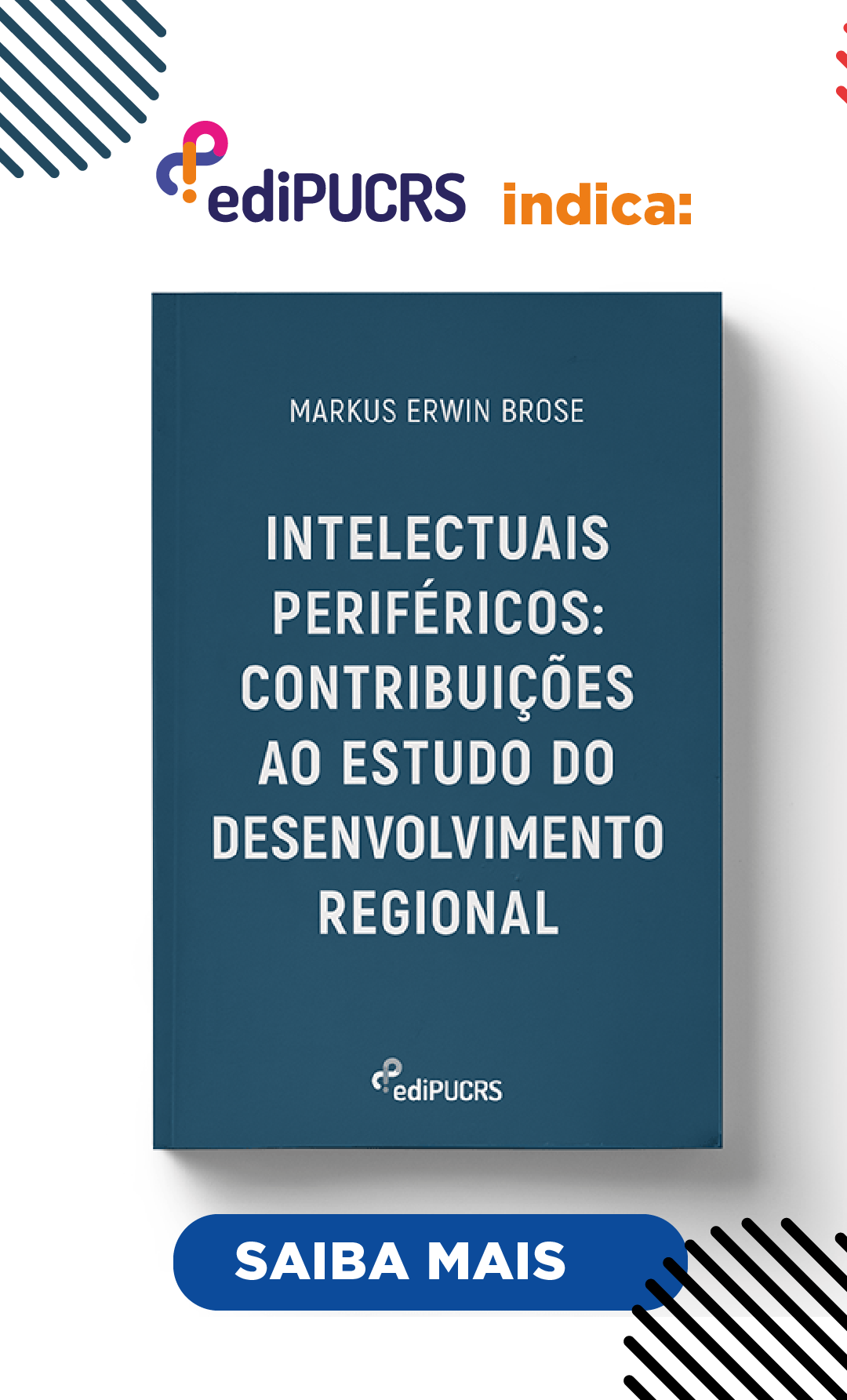The search for Mercosur’s flexibility
drivers and limits of the Uruguayan demand
DOI:
https://doi.org/10.15448/1984-7289.2024.1.44183Keywords:
Mercosur, Uruguay, Flexibility, Preferential trade agreements, ChinaAbstract
The purpose of this article is to analyze Uruguay's persistent demand to make Mercosur's rule of negotiating preferential trade agreements (PTAs) with third countries jointly more flexible, with a view to identifying: (1) the factors that have driven this proposal; and (2) the limits it has encountered. The main argument proposed is that beyond political conjunctures, both the impulses and the limits respond to combinations of economic and political factors that are rather structural. Therefore, in the absence of changes in the positions of its partners in the bloc, which Uruguay certainly does not control, there is a tendency towards the statu quo. In order to support the argument, at the empirical level, we first analyze the historical evolution of Mercosur and its external relations. Secondly, we delve into the current situation, marked by the Uruguayan government's efforts to sign a bilateral PTA with its main trading partner, China.
Downloads
References
Bizzozero, Lincoln. 2008. Uruguay en la creación del Mercosur. Montevideo: CSIC.
Bouzas, Roberto. 2011. Apuntes sobre el estado de la integración regional en América Latina. En Mercosur 20 años, editado por Gerardo Caetano, 75-88. Montevideo: Cefir.
Briceño-Ruiz, José. 2013. Ejes y modelos en la etapa actual de la integración económica regional en América Latina. Estudios Internacionales 175: 9-39. https://doi.org/10.5354/0719-3769.2013.27352. DOI: https://doi.org/10.5354/0719-3769.2013.27352
Caetano, Gerardo. 2022. Viejos y nuevos dilemas. Flexibilización, TLC y después. En La opción por los TLC en el Uruguay contemporáneo, editado por Gerardo Caetano, 19-46. Montevideo: FCS/Udelar/CSIC.
Caetano, Gerardo. 2021. El ‘primer Mercosur’ y la ‘flexibilización’. Antecedentes útiles para la reflexión (1991-2001). Relaciones Internacionales 30 (60): 124. https://doi.org/10.24215/23142766e124. DOI: https://doi.org/10.24215/23142766e124
Caetano, Gerardo, y Diego Hernández. 2021. Treinta años de Mercosur. Cánon regionalista. Cuadernos Americanos 176: 15-41.
Caetano, Gerardo, Camilo López, y Carlos Luján. 2021. La política exterior de Uruguay durante el “ciclo progresista” (2005-2020): factores sistémicos, regionales y domésticos.” En Fin de un ciclo, editado por Bidegain, Germán, Martín Freigedo, y Cristina Zurbriggen, 295-320. Montevideo: ICP.
Caetano, Gerardo, y Nicolás Pose. 2021. Impactos del Covid-19 en los escenarios latinoamericanos contemporáneos. Perfiles Latinoamericanos 29 (58): 1-31. https://doi.org/10.18504/PL2958-015-2021. DOI: https://doi.org/10.18504/pl2958-015-2021
Caetano, Gerardo, y Nicolás Pose. 2020. La debilidad de los regionalismos latinoamericanos frente al desafiante escenario internacional y regional actual: notas para el debate. Documento de Trabajo Carolina n°41. DOI: https://doi.org/10.33960/issn-e.1885-9119.DT41
Caetano, Gerardo y Diego Hernández. 2021. Treinta años de Mercosur. Cánon regionalista. Cuadernos Americanos 176: 15-41.
Hernández, Diego, Nicolás Pose, y Andrés Raggio. 2016. Entre el norte y el sur. La política exterior de los gobiernos del Frente Amplio (2005-2014). Cadernos do Tempo Presente 23: 38-53. https://doi.org/10.33662/ctp.v0i24.5661. DOI: https://doi.org/10.33662/ctp.v0i24.5661
Kan, Julián. 2013. Integrarse desde arriba. La relación entre la clase dominante, los gobiernos y los proyectos de integración regional Mercosur y Alca en la Argentina reciente. Tesis de doctorado en Historia, Universidad de Buenos Aires.
López, Camilo, Carlos Luján, Daniel Cajarville. María Casanova, Germán Coca, Gimena Ouviña, Florencia Salgueiro y Sofía Schelotto. 2022. Los partidos políticos uruguayos frente a los tratados de libre comercio. En La opción por los TLC en el Uruguay contemporáneo, editado por Gerardo Caetano, 47-94. Montevideo: FCS/Udelar/CSIC.
Paikin, Damián y Federico Dulcich. 2017. El sexto socio del Mercosur: un estudio sobre la penetración importadora china y su impacto en el comercio intraregional. Revista Perspectivas de Políticas Públicas, 6 (12): 395-413. https://doi.org/10.18294/rppp.2017.1514. DOI: https://doi.org/10.18294/rppp.2017.1514
Pena, Celina, Romina Gayá, y Gustavo Svarzman. 2022. Informe Mercosur N° 25. El devenir del Mercosur: Claves internas y externas. Nota técnica IDB-TN-2549. http://dx.doi.org/10.18235/0004450. DOI: https://doi.org/10.18235/0004450
Porzecanski, Roberto. 2010. No voy en tren. Uruguay y las perspectivas de un Tratado de Libre Comercio con Estados Unidos (2000-2010). Montevideo: Random House Mondadori.
Riggirozzi, Pía, y Diana Tussie. 2012. The Rise of Post-Hegemonic Regionalism: The Case of Latin America. Dordrecht, Países Bajos: Springer. DOI: https://doi.org/10.1007/978-94-007-2694-9
Rodriguez, Julio y Valentina Haag. 2022. The space left for regional integration (or lack thereof): Structural causes of institutional fragmentation in Latin America (1991-2019). Revista Brasileira de Política Internacional 65 (1): e011. https://doi.org/10.1590/0034-7329202200111. DOI: https://doi.org/10.1590/0034-7329202200111
Sanahuja, José Antonio. 2009. Del “regionalismo abierto” al regionalismo post-liberal. Crisis y cambio en la integración regional en América Latina y el Caribe. En Anuario de la integración de América Latina y el Gran Caribe 2008-2009, editado por Cries, 11-54. Buenos Aires: Cries.
Zelicovich, Julieta. 2018. Claves y tensiones de la estrategia argentina de política comercial externa en la búsqueda de una “inserción inteligente al mundo” (2015-2018). Latin American Journal of Trade Policy 2: 49-66. http://dx.doi.org/10.5354/0719-9368.2019.52142.
Downloads
Published
How to Cite
Issue
Section
License
Copyright (c) 2024 Civitas: journal of Social Sciences

This work is licensed under a Creative Commons Attribution 4.0 International License.
The submission of originals to this journal implies the transfer by the authors of the right for printed and digital publication. Authors retain copyright and grant the journal right of first publication. If the authors wish to include the same data into another publication, they must cite this journal as the site of original publication. As the journal is of open access, the articles are allowed for free use in scientific and educational applications, with citation of the source (please see the Creative Commons License at the bottom of this page).




